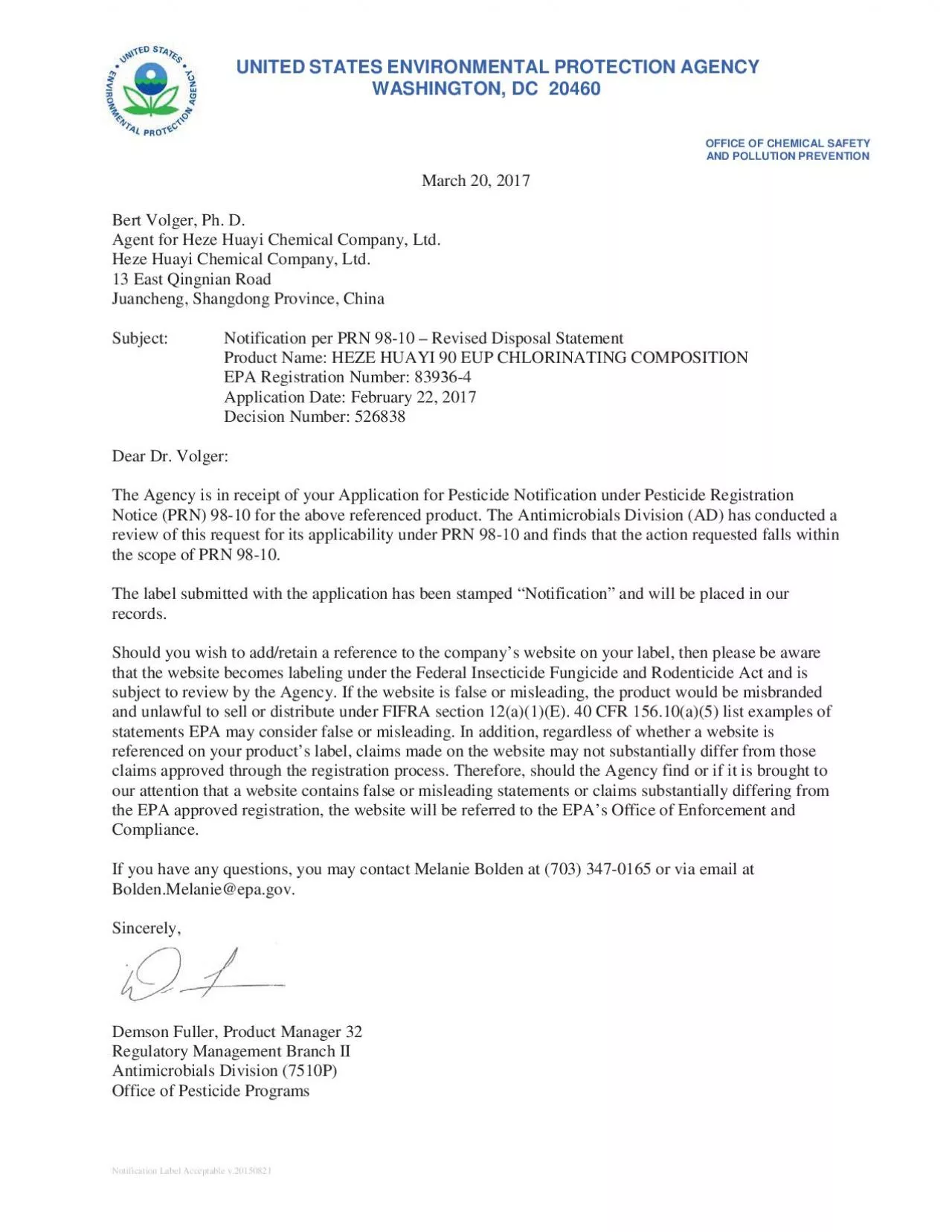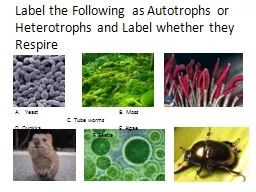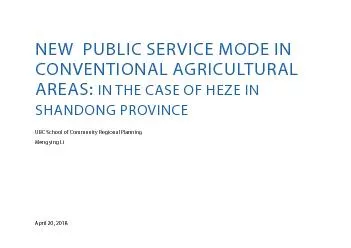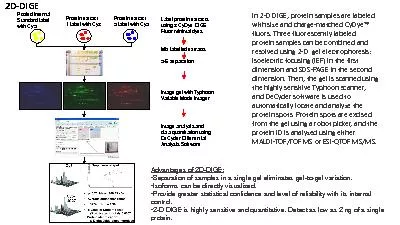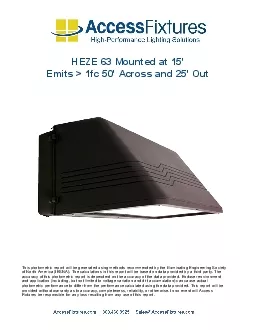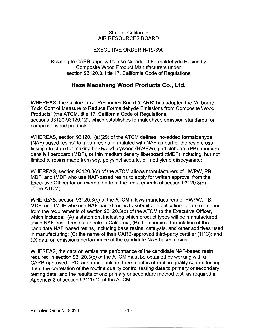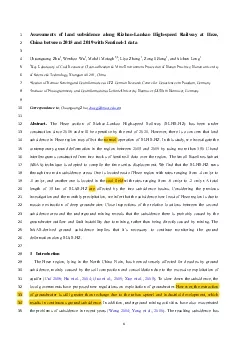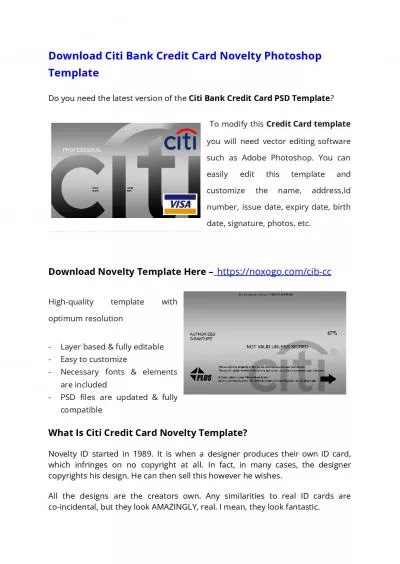PDF-Master Label 839364 Submitted 3142017 Heze Huayi 90 EUP Chlorinati
Author : gabriella | Published Date : 2021-09-07
FIRST AIDIF IN EYES Hold eye open and rinse slowly and gently with water for 1520 minutes Remove contact lenses if present after the first 5 minutes then continue
Presentation Embed Code
Download Presentation
Download Presentation The PPT/PDF document "Master Label 839364 Submitted 3142017 He..." is the property of its rightful owner. Permission is granted to download and print the materials on this website for personal, non-commercial use only, and to display it on your personal computer provided you do not modify the materials and that you retain all copyright notices contained in the materials. By downloading content from our website, you accept the terms of this agreement.
Master Label 839364 Submitted 3142017 Heze Huayi 90 EUP Chlorinati: Transcript
Download Rules Of Document
"Master Label 839364 Submitted 3142017 Heze Huayi 90 EUP Chlorinati"The content belongs to its owner. You may download and print it for personal use, without modification, and keep all copyright notices. By downloading, you agree to these terms.
Related Documents

